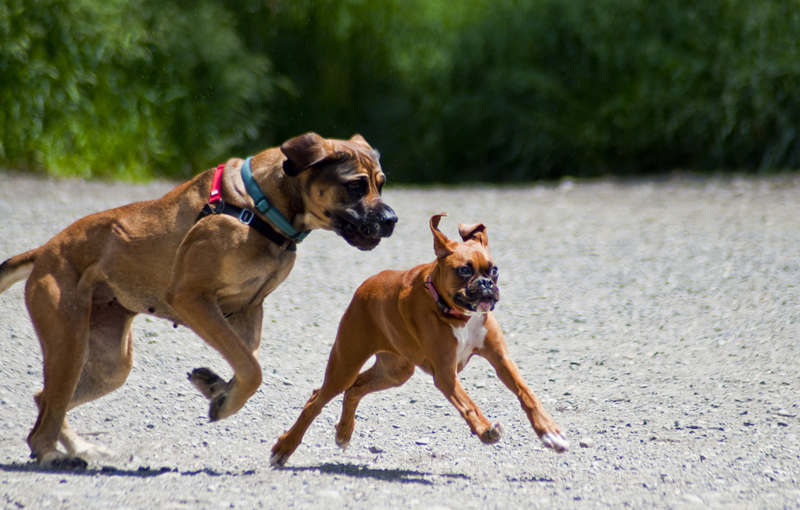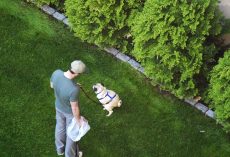Sometimes when our dog tries to play or chase another dog, we think that they are just having fun. However, they might actually be trying to be a bully to another dog. These signs are some of the ways you might be able to tell if your dog is a bully and what you can do about it. You might be surprised by what you find out!
Some Signs That Your Dog May Be A Bully Include:
Barking incessantly, in play or when just walking down the street.
Engaging in play in a very assertive manner, completely unconcerned about other dogs’ interest.
Charging another dog over toys, territory or food, even when the other backs down or has shown no interest in the items.
Holding another dog to the ground or standing over them after the dog has rolled over in appeasement.
Becoming hyperaroused when another dog tries harder and harder to say NO.
Excessive mounting.
Inability to focus.If you see this body language from your dog while engaging with other dogs, they are a bully:
Direct stare
Tail high
Dilated pupils
Rigid body
Growling
Raised lip
PantingYou should also pay attention to how other dogs respond to their repeated attempts at play. If another pup reciprocates with play bows, chasing or wrestling, then the behavior works for both dogs. If the other pup continues to try and get away, looks away, rolls over with their tail between their legs, or hides behind their owner and snarls with a slightly raised lip, rounded body and whale eye, then your dog is bullying.
As soon as you see any of these signs or body languages, remove your dog. Keep your energy calm and quiet while redirecting them to something else.
Identify strong neutral pups who can handle your dog’s attempts at bullying, so that you can intervene appropriately. Also keep a leash on your dog to make intervening easier. Time-outs work wonders, but if your dog fails to play appropriately after two or three time-outs, stop play for the day. If time-outs are effective, reward with more play.
Your dog may be a bully if they bark non-stop in play or when walking. They could also be a bully if they try to get another dog to play without being concerned about the dogs' interest in playing or if they tend to get territorial around food or toys or if they can't seem to focus.
You can help with this bullying behavior by redirecting their attention to something else, keeping them on a leash to make intervening in bullying easier for you and by giving them time outs when they are bullying during play. This way your dog will hopefully learn not to bully and start getting along better with other dogs.
To find out more about whether or not your dog might be a bully, you can visit Dogster.









